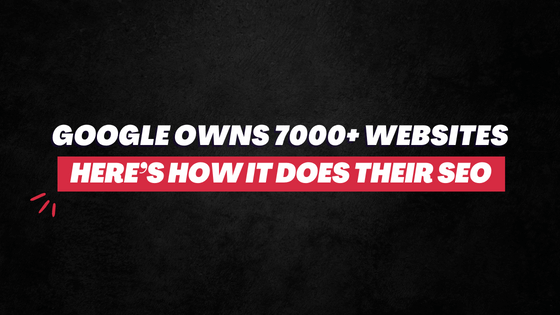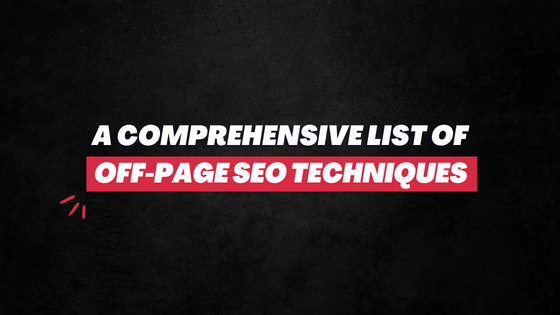This post is for those who seem to be stuck on the second, third, or fourth page of Google search results.
If you’re not in that position, follow the fundamentals of SEO and copywriting to rank on the first page of Google.
Please read: A Comprehensive SEO Checklist for 2023
How Do I Find My Google Ranking?
In case you don’t know where your URLs rank on SERP, there are many good SEO rank tracking tools out there that can help, from SEMrush to Ahref and AccuRanker.
You can also check the average rank of your URLs on Google Search Console.
Open your GSC and click on the ‘Performance’ tab in the left-side navigation.
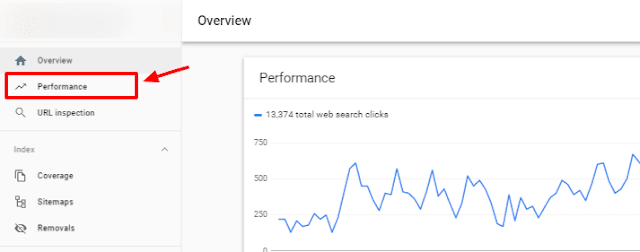
Tick on the ‘Average Position’ box. Scroll down.
You will see a list of Queries you’re ranking for and what position you’re ranking at.

Click on the ‘Pages’ tab and see which of your URL is at what position. Change the time bracket from default ‘3 Months’ to a week or 24 hours to see the latest data. Check out other data as well; you will find plenty of insights.
Which Pages to Focus On?
Of course, you want to focus on URLs that are ranking on the second, third, and fourth pages of Google. With little effort, they are more likely to rank higher.
But in case you have too many such URLs between the 10th and 40th position…
- Focus on URLs that have the highest CTR.
- Focus on URLs that are getting more impressions.
- Focus on URLs that are trying to rank high on Google for a relatively less competitive keyword.
- Focus on URLs that are more important to your marketing or blogging goals.
Stuck on the Second Page of Google
Now with the basics established, let’s get to the interesting part.
You’re stuck on the second page of Google (or the third or fourth)…
Here are 13 practical and effective steps to unstuck your URL – to beat competitors on SERP and rank on the first page of Google:
1. Update the content with more value
There’s plenty of room to improve your content.
Edit it. Add more depth to it.
Include more (optimized) images.
Make it more valuable.
Update it with the latest date.
Recommended Read: 15 Actionable Steps to Update Old Content To Boost SEO
2. Direct more (relevant) internal links to this URL
Go back to your other blog posts and link to this URL that you’re trying to un-stuck from the second page of Google.
Make sure the posts where you’re linking this, they are relevant, have a good backlink profile, and bring good organic traffic to your site.
Internal link building is perhaps one of the most important on-page SEO techniques. And it’s very effective in boosting your search ranking.
3. Guest blog for a good website
Improve the backlink profile of the page.
Gain more backlinks.
Guest blog on some good, high-authority, relevant sites. Link back to this URL.
(Note: Do not submit your URL in some BS directory in the name of the link-building strategy. Such backlinks will only end up hurting your ranking on Google.)
4. Re-jig the meta tag
This is especially if your result is getting more impressions and low clicks; aka, when the CTR is low.
So, play around with the title and snippet.
Of course, keep your primary keyword included. But maybe change the format of the title? Remove and add new information in the meta description?
When doing this, keep the intent of your audience in mind.
The phrases you’re targeting – what intent do they have? With what intent are people searching for this phrase?
Having this refined mindset can help you come up with a title and SERP snippet that’s more relevant, interesting, and clickable.
Recommended Read: 12 Meta Description Mistakes You’re Unknowingly Making
Whether social signals affect search ranking remains a debatable topic.
But here’s a simple fact: Social media shares do open a plethora of opportunities for your SEO.
For instance, it improves your URL’s discoverability. Since more people are now consuming your content, the chances of winning backlinks increase as well.
So, keep sharing your URL on relevant social media channels. Drive engagement on these posts.
It would take no more than 10 minutes a day.
One way or another, this is going to help you.
6. Improve its link-baiting appeal
Link baiting is one of my favorite off-page SEO techniques.
You create such an insanely good and valuable piece of content that others can’t help but link.
Indeed, it’s not easy to create such content. But with little effort, you certainly can boost the link-baiting appeal of your existing content.
For starters, add more statistics to the content. People love linking such sources.
Include more original images; graphs, illustrations, and Infographics. They win more backlinks.
Keep your content centric on one narrow topic, pain point, and/or segment.
Make sure you’re solving a particular problem and delivering the desired outcome.
As cliché and broad as this may sound, bring more value to the people you’re targeting. If you do, it increases your chances of baiting high-quality backlinks.
Branding also plays a key role in link baiting. Good brands, even with relatively poor content, get more backlinks. But that’s a whole different conversation.
The takeaway here is to increase and improve the link-baiting appeal of the content you’re trying to unstuck from the latter pages and rank on the first page of Google.
Recommended Read:
7. Reduce its bounce rate
Google now prioritizes user experience when ranking websites.
There are a few UX-centric metrics that give it a fair idea regarding the kind of experience a page delivers.
Bounce rate is one of those metrics.
If visitors are leaving the landing page without jumping to another page, it’s not a good signal.
Head over to your Google Analytics and check the current bounce rate of the landing page. Reduce it further!
Recommended Read: How to Reduce Bounce Rate? (19 Steps to Save Your SEO)
8. Improve session duration
Much like the bounce rate, Session Duration is another important UX-centric metric that Google prioritizes.
Treat it as a crucial search ranking factor.
Go to your Google Analytics and find out the session duration of the landing page. Increase it!
9. Maintain a healthy Internal-Outbound Link Ratio
The concept of leaking link juice is fairly old and outdated. It doesn’t make much sense in 2023.
What the concept says is you don’t want to include too many ‘DoFollow’ outbound links on your page because they leak link juice.
Again, this is outdated; very few white-hat SEOs care about it now.
In fact, including good quality outbound links actually help your SEO. And I have even written on this here: Do Outbound Links Help SEO? Find Out
But this is worth mentioning: You do want to keep a check on the internal and outbound link ratio.
Ideally, you shouldn’t have more (DoFollow) outbound links in your content vs. the number of internal links.
Maintain a 3:1 ratio; for every one DoFollow outbound link, you include three internal links. (This isn’t any kind of rule that you should blindly follow. It’s what I think is a sweet spot. If it makes sense, you can obviously go low and beyond this ratio.)
Audit this ratio on the page you’re trying to rank on the first page of Google. If it’s too one-sided, make the necessary changes.
Recommended Read: DoFollow and NoFollow Links: Everything You Need to Know
10. Include a few LSI keywords
Latent Semantic Indexing or LSI keywords are phrases that are closely related to your primary and secondary keywords.
Include more LSI keywords in your content wherever it makes sense.
It will help Google better understand the relevancy between the search queries you’re targeting and your content.
Recommended Read: How to Use LSI Keywords to Boost Your SEO?
11. Make your primary keyword more prevalent
Increase the number of times you’ve used the primary keyword in your content. (Without making it look spammy, redundant, and awkward to read.)
Use different variations of that keyword.
Include it in the title, description, sub-headings, and alt-tags.
A small boost in the prevalence of your primary keyword on your page can make a significant difference in pushing its ranking to the first page.
12. Improve page loading speed
The loading speed of the page is an important search ranking factor.
You’ve likely heard of and read countless website speed stats; like this one…
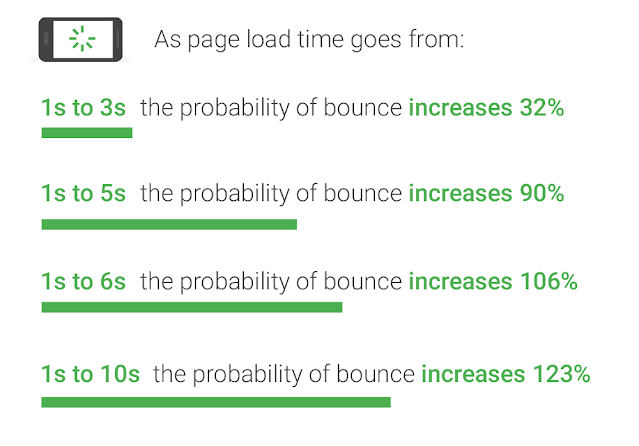
Or this one:
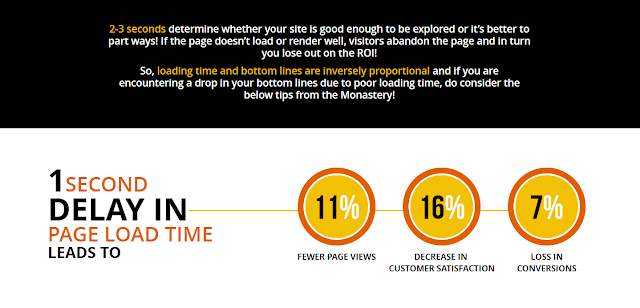
If your page is slow, it might struggle to find its way to the first page of Google, particularly in a competitive niche.
So, check the loading speed of your page. And then make the necessary changes to improve it.
Anything more than 5 seconds isn’t good. Ideally, aim to have the page load in under 3 seconds.
Recommended Read: Website Speed in SEO – Know Everything
13. Intensive competitive analysis
This is necessary especially if you’re trying to improve the ranking of URLs that are important for your marketing goals or revenue.
(For instance, better ranking and more traffic to this page can increase your sales.)
If the return is high, the investment of time and resources in the competitive analysis is very much worth it.
So, analyze all the results that are ranking ahead of you.
Figure out what could be the factors why Google has preferred them for the particular query.
And then work on those factors and improve your page accordingly to outdo all those competitors.
Using competitive analysis tools like SpyFu, WooRank, and SEMrush can make this process much quicker, more efficient, and more effective.
Now Wait For a Bit
It can take up to a month to see any improvement in search ranking.
So, after you have executed the mentioned steps above, keep tracking your position on Google. At the same time, deploy patience.
Hopefully, the URLs that were once stuck on the second page of Google, or the third and fourth ones, have now started showing up on the first page.
Remember, to rank on the first page of Google – it’s much more than just about publishing a piece of content and moving on to the next one. You must consistently work to ensure that piece of content gets to the top.
So many people let go of this relatively easy opportunity to generate a ton of additional organic traffic by ignoring their content that can potentially dominate the first page of Google.
Don’t be one of them!
Get your URLs unstuck from the second, third, and fourth pages of Google. Get them ahead on the first page. The above-mentioned tips will help you achieve that.
All the best! 🙂

